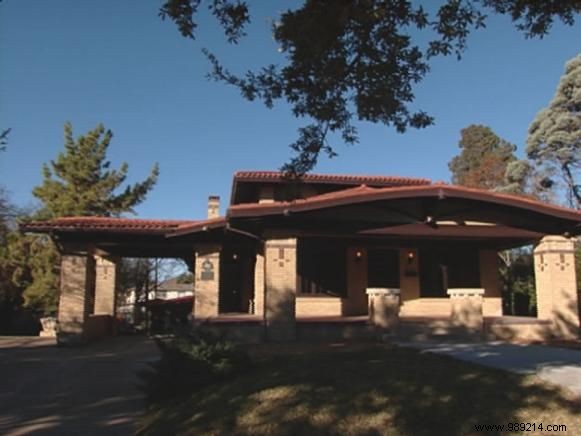
The so-called "Craftsman" style of architecture emerged in the United States around 1905. Two brothers, Charles and Henry Greene, were homebuilders in Pasadena, California, from 1893 to 1914. In 1903 they developed their own style, which soon became known. such as "Craftsman" or "Craftsman bungalow". The style became quite popular and lasted into the early 1930s.
Although Craftsman designs vary, they were characterized by low-pitched roofs, usually gabled in style, with wide, unenclosed eaves. The ceiling joists were typically exposed. Beneath the gables, heavy, braced beams were often added as a decorative element. Craftsmen's porches were also distinguished by their tapering square columns, often made of field stone or stucco, which accentuated the rugged design. Inside a craftsman, elegant woodwork is typically displayed throughout. Their construction is usually wide, flat, and solid-looking, making a richly detailed yet simple statement. Another characteristic feature was the built-in cabinet, including the distinctive butler's pantry.